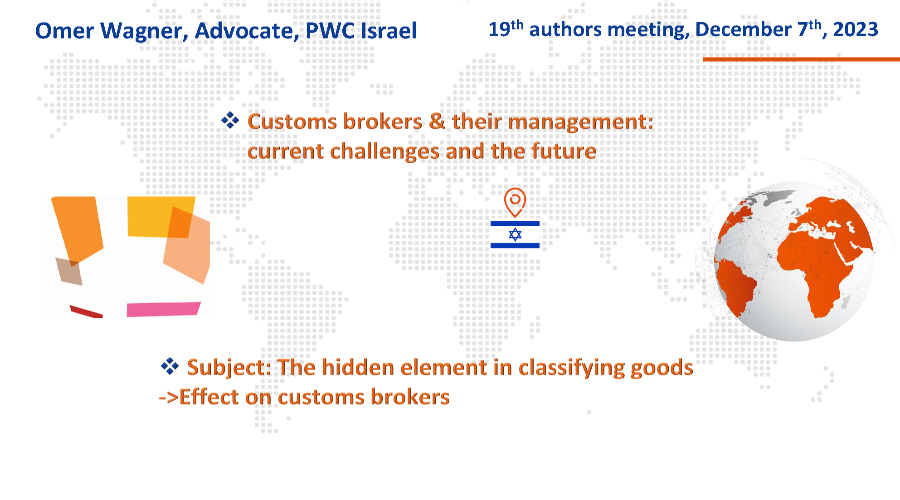Classification of goods: pitfalls in the use of automation
{{ title }}
{{ current_question.title }}
{{ successMessage }}
{{ failMessage }}
{{ successMessage }}
{{ failMessage }}
{{ failMessageRetry }}
{{ question.title }}
Чтобы продолжить, необходимо выбрать хотя бы один ответ.
After watching this very practical and insightful video training, you will:
- See the absolute need to recognize and know all features of a product or goods in the moment of classification. Not only physical features like the material or size but also 'soft features' like the intended use or purpose. The 'physical features' might have to be re-checked (is 'steel' truly not 'stainless steel'?) or expanded based on the 'soft features'.
- Understand that there is a need for classification experts - knowledgeable people (be it employees or external help) who can quickly and safely navigate the (complex) decision trees and simplify them where possible - and DON'T simplify them where it's NOT possible. The last part is the current problem with software-bound classification 'help'.
- Дата публикации: October 01, 2023
- Unlock duration: 2 месяца
- Автор(ы): Christopher Matt
- Продолжительность: 00:17:22
- Языки: English Lietuvių
- Типы: Video
- Тема: classification
- Рынок: Global
Ресурсы доступны после покупки.

Комментарии ()
Чтобы оставить комментарий, вам необходимо